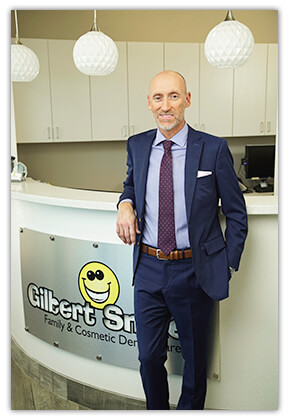 Some people decide to leave the US, often to Mexico or South America, to seek “cheaper” medical or dental treatment. But, “Buyer Beware”. There are many known and unknown risks associated with such treatment. Your healthcare should not equate to a game of “Russian Roulette”. Healthcare tourism comes with an absence of safeguards ensuring patient health, safety, privacy, and legal rights.
Some people decide to leave the US, often to Mexico or South America, to seek “cheaper” medical or dental treatment. But, “Buyer Beware”. There are many known and unknown risks associated with such treatment. Your healthcare should not equate to a game of “Russian Roulette”. Healthcare tourism comes with an absence of safeguards ensuring patient health, safety, privacy, and legal rights.
The biggest risk of healthcare outside of the US is the potential exposure to infectious diseases. The lack of sterilization equipment and standards and the lack of government regulatory agencies such as the CDC and OSHA to enforce those standards make the risks far too great. That cheap extraction, root canal, crown, or implant may come with an unknown and unwanted wound infection or exposure to hepatitis or HIV. Once back in the US, there is no access to emergency or follow-up care from the treating doctor.
Other problems often encountered include: 1) piece-meal treatment without a comprehensive treatment plan, 2) a lack of specialty consultation and referral when necessary, 3) the use of substandard and dangerous drugs and materials, and 4) inadequate, inappropriate, or incomplete treatment. This poor work must then be completed, redone, or scrapped altogether once back in the US. This will definitely lead to much greater costs than the initial treatment. The ADA and AzDA have no authority in these countries and there is little to no legal recourse if you are injured or dissatisfied.
You should know and trust the doctor who is providing your dental care. In the US you can research the dentist on the Internet to check their online reviews, find out their rating with the BBB, check their history with the state dental board, and review their education background. You should also get to know their personality and experience so that you have a good rapport. In foreign locations, there are often no uniform standards of educating and licensing dental professionals. The providers may not have any formal training, no malpractice insurance, and no stable treatment facility. There is also no assurance of privacy for your personal and health care information.
The cumulative risks involved far outweigh any amount of savings. You would be much better served by seeking out a reputable local dentist that will offer you a comprehensive, but staged treatment plan that includes all the applicable alternatives that meet your budget. Often times third party payment plans such as Care Credit can make the treatment affordable and safe to do at home without the risks of dental tourism. I would be happy to address any of your personal questions or concerns.
Dr. Swain


